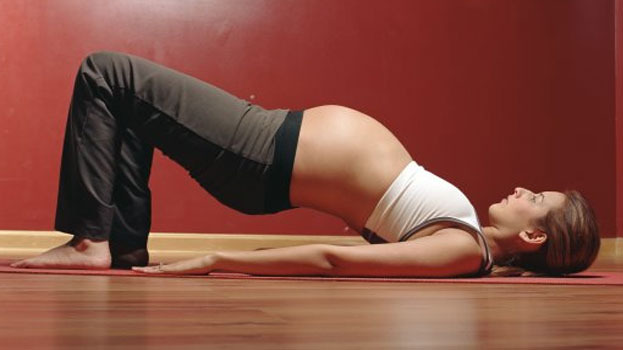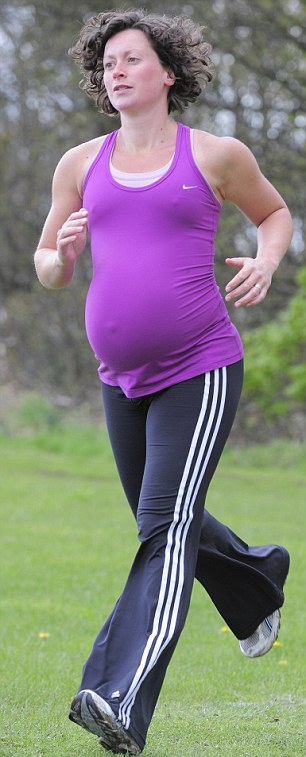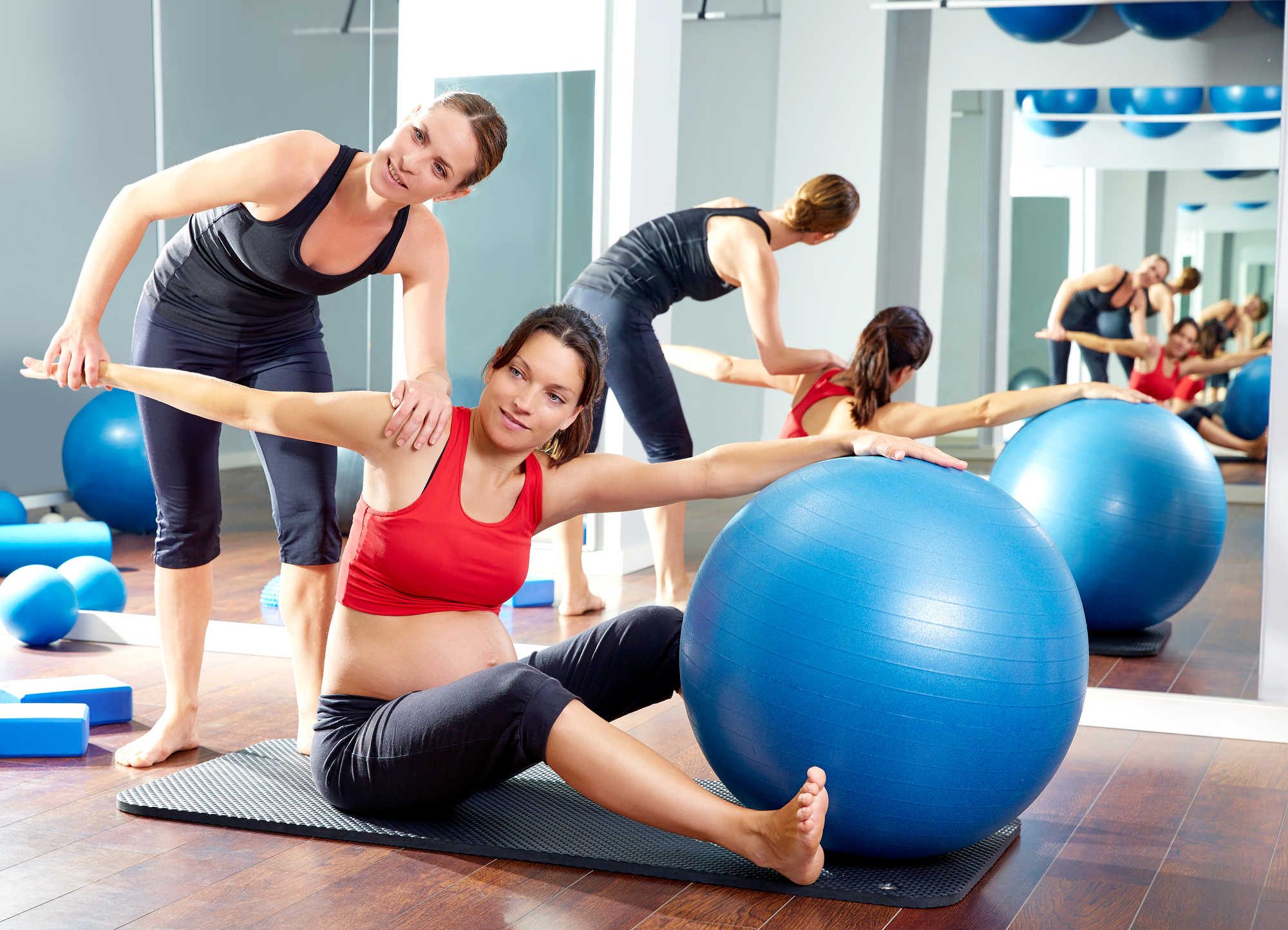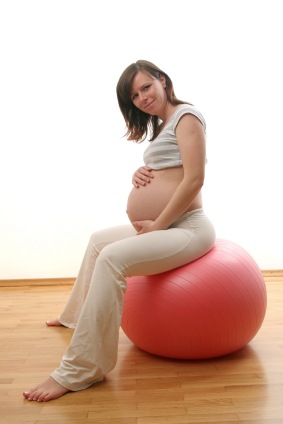Last menstrual period date:
By now you’ve probably heard about the benefits of prenatal Pilates. This workout mainly focuses on the core, using a variety of exercises that target the abdominal, pelvic floor, and spinal muscles. Keeping this area strong throughout your pregnancy is particularly important to reduce the common aches and pains associated with your growing belly. And if you build these muscles during your pregnancy, you’ll most likely enjoy a quicker recovery. Let’s take a look at the benefits of Pilates.

Increasing Core Strength
The main benefit to prenatal Pilates is its ability to increase your core strength. The body’s core is actually a combination of several muscles groups: the abdominals, the pelvic floor, the back. A strong core is important for a variety of reasons. Let’s break down these three muscle groups.
- Abdominal Strong abdominal work as a corset, helping your body accommodate your ever-growing belly. The stronger your core, the less likely you are to suffer from aches and pains common during pregnancy—especially during the second and third trimesters.
- Back Muscles Strong back muscles help to alleviate the stress on your body as weight becomes redistributed. Maintaining good posture can become more difficult as your pregnancy progresses, but it’s important to do so. Not only will good posture reduce the stress on your body generally, but it creates more room for your baby and your own organs, which means you’ll be more comfortable.
- Pelvic Muscles Strong pelvic muscles can help increase the power behind each push during labor, meaning that you may experience a much shorter labor. Pairing Pilates with Kegel exercises is a win-win decision.
Increasing Breath Control
Another key aspect of Pilates relates to breathing. Your instructor will help you to focus your breath while moving through a series of exercises in order to hold postures even as they become more difficult. This breath control acts as a wonderful pre-labor practice; during labor you’ll be able to breathe through contractions as well as use your breath to make those pushes more effective. Learning to increase your breath control will also be useful as your breathing becomes more limited. As your baby grows and pushes up against your ribcage, breathing exercises can help you get the most out of your breaths.
Whether you enjoy doing Pilates at a studio or at home, the important thing is to enjoy them consistently. And as with any exercise program, getting the okay from your doctor or midwife is a good idea. Pilates is a great exercise for expecting and recovering mothers alike. Many members of the medical community endorse Pilates as a safe pregnancy exercise and recommend its use. Try to complete a workout four to five times a week—and if you can workout daily, even better. Take this time for yourself. The knowledge that you’re doing this for both yourself and your baby is just the motivation to set aside the time you need to complete your workout!
My content




